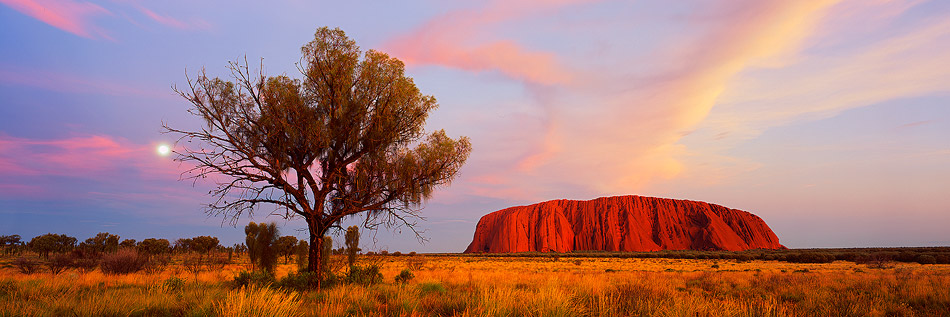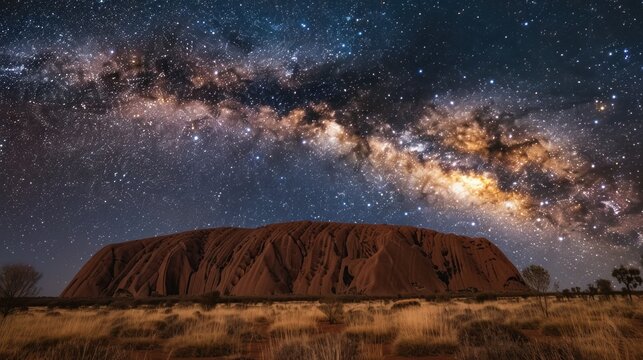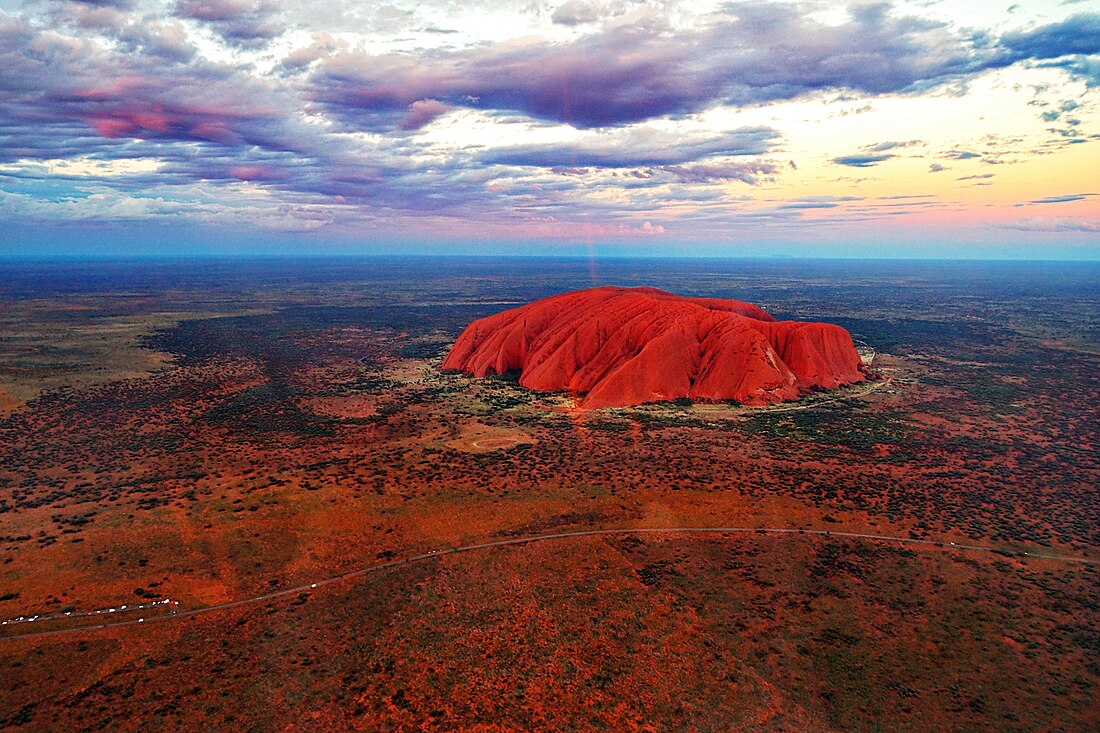
Uluru / Ayers Rock
The best of Uluru / Ayers Rock

Welcome to CRTR
It's our pleasure to make your dreams come true. Allow us to use our experience as travel agents to make your stay in Costa Rica unforgettable. Tell us about your dream adventures, and we'll match them with the best hotels, private or chartered transportation, and reliable, experienced tour guides, adjusting your tour package to your travel budget. We'll be available 24/7 throughout your trip.
Thank you for choosing us. CRTR
Help us to help others 💞


Uluru / Ayers Rock
Uluru, or Ayers Rock, is a sacred monolith located in Australia's Northern Territory, within Uluṟu-Kata Tjuṯa National Park. Known for its deep red color and dramatic shifts in hue at sunrise and sunset, it holds great spiritual significance for the Anangu, the land's traditional custodians. Ancient rock art and interpretive trails showcase its cultural and geological value. Uluru stands as one of Australia's most iconic landmarks and a key destination for understanding Indigenous heritage.

Uluru / Ayers Rock

Uluru / Ayers Rock
Uluru, located in Australia's Northern Territory, is a sacred monolith for the Anangu people. Formed over 500 million years ago, it has long served as a spiritual and ceremonial center. Its rock surfaces display numerous ancient paintings depicting Tjukurpa (Ancestral Law) stories. Key attractions include the Anangu Cultural Centre, the Mala and Kuniya walks, and witnessing Uluru's shifting colors at sunrise and sunset. More than 40 traditional figures have been recorded, including: Kuniya Snake, Mala Man, Emu, Perentie Lizard, Dingo, Kangaroo Tracks, Shields, Spear-throwers, and ceremonial lines.



Photo gallery

Uluru / Ayers Rock
Uluru, also known as Ayers Rock, is a sandstone monolith sacred to the Anangu people, located in Australia's Northern Territory. Formed around 550 million years ago, it holds deep historical and spiritual meaning expressed through Tjukurpa creation stories, which shape cultural law and explain the origins of the landscape. For centuries, Uluru has served as a shelter, ceremonial place, and natural canvas for extensive rock art. Across its caves and walls, thousands of figures have been documented, including human silhouettes, animals, and ceremonial symbols. Notable motifs include Kunyia (python snake), Liru (venomous snake), Mala (rufous hare-wallaby), Emu, Dingo, along with geometric patterns, negative handprints, and hunting lines. Tourist highlights include the Uluru base walk, nearby Kata Tjuṯa, Anangu-guided cultural tours, spectacular sunrise and sunset viewings, and Indigenous art exhibitions. Climbing Uluru has been prohibited since 2019, but the site offers profound experiences focused on cultural respect and environmental preservation.


Uluru / Ayers Rock
Uluru, in Australia's Northern Territory, is a sacred monolith for the Anangu people. Europeans first documented it in 1873, when William Gosse sighted it and named it Ayers Rock. Its ancient rock paintings depict human forms, animals, and Tjukurpa symbols the Anangu Law. These artworks are believed to represent creation stories, spiritual pathways, and moral teachings. The Aboriginal civilization, among the world's oldest, sustained a semi-nomadic lifestyle shaped by desert knowledge, oral tradition, and rich ceremonial practices preserved across countless generations.

We look forward to your visit
Costa Rica, Alajuela, Palmares, Buenos Aires
Calle Real, 50 meters north of the Jehovah's Witnesses Church
www.costarica-best.com
info@costarica-best.com
506-8850-2426
Pura Vida!!

